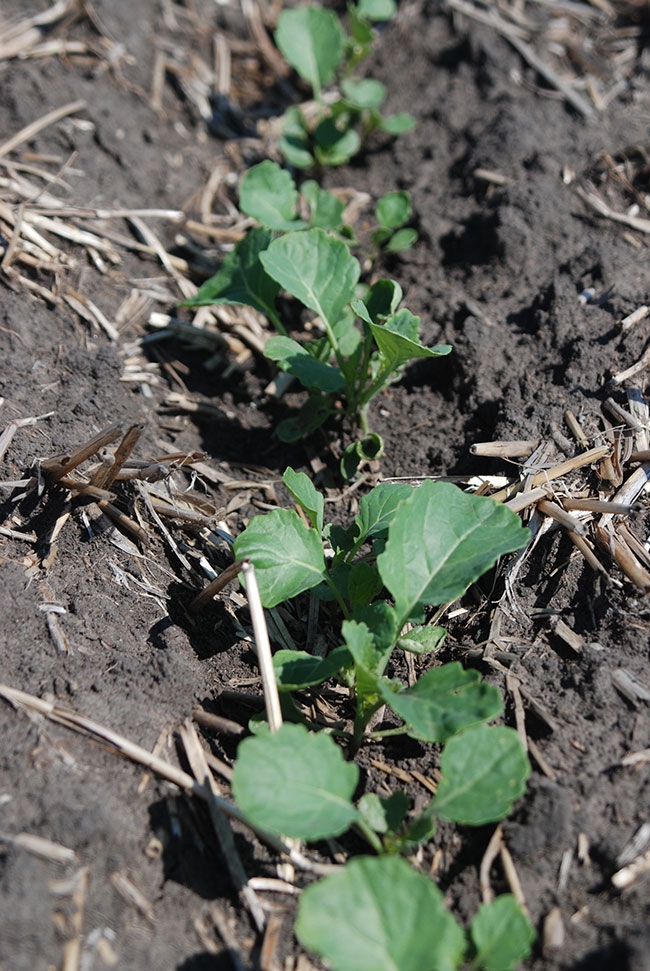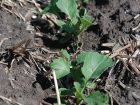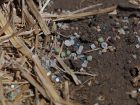
Features
Seed & Chemical
Seed Treatment
Seed treatment guide 2018
With proposed limitations and even all-out bans on the horizon, we could say the future of seed treatments has never been so uncertain. Although changes are coming down the pipeline (like the new mitigation measures for the neonicotinoids clothiandin and thiamethoxam), what won’t change is the fact that seed treatments are a very important tool in the grower toolbox.
March 6, 2018 By Top Crop Manager
 Emerged canola seedling. Choose which seed treatment is right for you with this easy-to-read guide.
Emerged canola seedling. Choose which seed treatment is right for you with this easy-to-read guide.Researchers in all areas of agriculture are hard at work ensuring not is all lost.
This year in the Top Crop Manager Seed Treatment Guide, we’ve provided a couple of articles that focus on some of the research being done in Canada that display the important role these treatments have on pests and disease. Notice though, that seed treatments are but one part of managing diseases or pests. I think producers can count themselves lucky we’re still able to use these tools, as countries like the United Kingdom (U.K.) have had to swiftly deal with the ban of neonics and a disastrous couple of years thanks to the cabbage stem flee beetle (CSFB) causing chaos in their rapeseed crops. Researchers such as Simon Kightley, the oilseed and pulse crop specialist at the National Institute of Agricultural Botany in Cambridge, U.K., have used grower surveys to asses areas of the country most at risk of CSFB, and been dutifully studying whether companion crops can deter or distract the beetle, without out-competing the rapeseed.
Luckily, Canada is currently not without a variety of seed treatments to give us strong and successful crops. To simplify the decision-making process of what to use and provide a handy reference tool, our seed treatment guide is easy to read and covers products registered (at the time of publication) for cereals, corn, soybeans, pulse crops and canola.
Once again, we have done all we can to make the tables as user-friendly and concise as possible. Keep in mind, however, it is a guide adapted and compiled from crop protection resources and companies, and is not a definitive text. Growers should always double-check provincial guides and product labels to avoid errors. Click here to view the guide.

